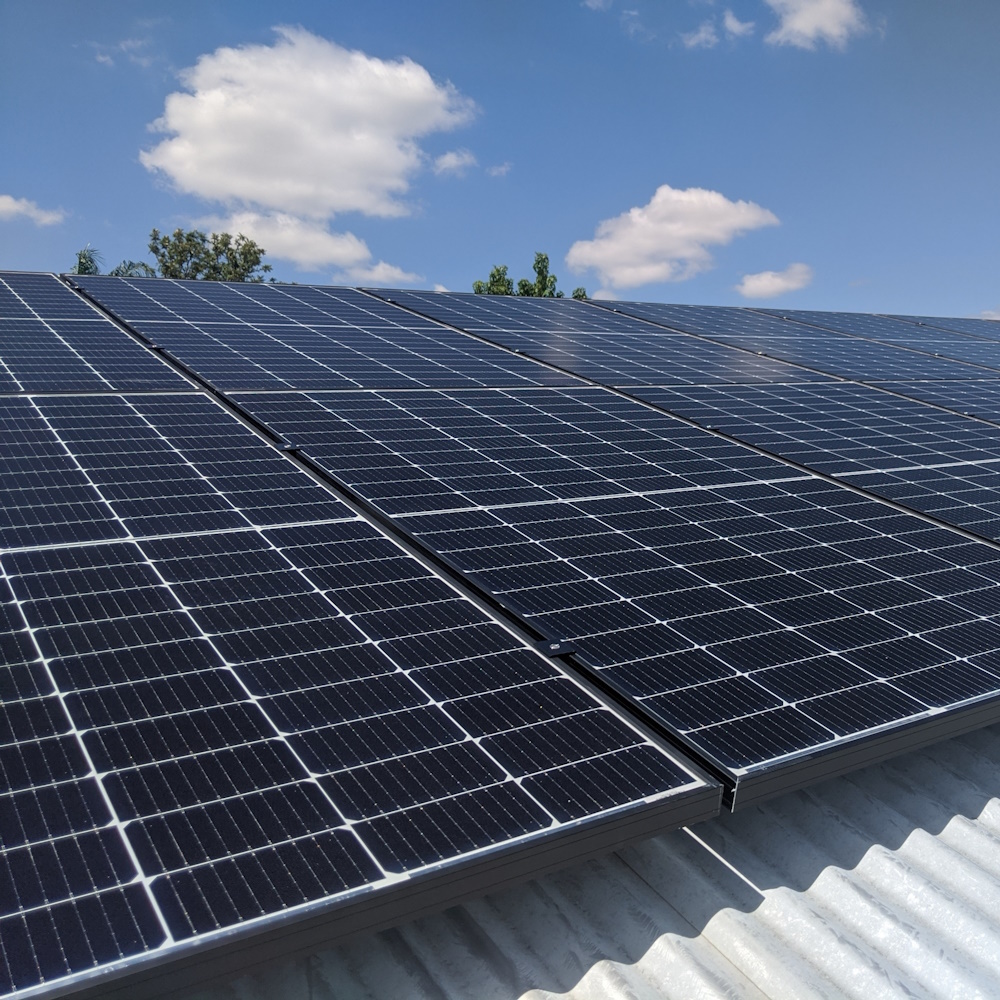News
SolarBright Wins the EUPD Installer Award for 2025 – Our Third Year in a Row
We are proud to announce that SolarBright has been awarded the EUPD Installer Award…

The whole idea behind solar panels in Australia is to catch as much available sun and turn it into energy that powers your house or business. Many people think it’s just a matter of installing the panels on the roof, and that’s all you need to worry about. However, to maximise the benefits of solar panels, you need some careful planning.
Where you position solar panels on your roof can drastically impact the amount of power you generate. Plus, it can be a little different depending on where you live in Australia. Here’s a guide on installing solar panels for maximum benefit.
In Australia, the sun is mostly directed from the north because we’re in the Southern Hemisphere. For residents keen to tap into solar energy, this means the general rule is to ensure your solar panels are north-facing. This helps you capture sunlight for most hours of the day, therefore increasing the energy yield.
If you were to install your solar panels facing east or west, you may lose somewhere between 10% – 20% efficiency. However have 2 strings of panels with 1 string facing east and the other west gives good efficiency. The east facing start in the morning, both strings produce during the midells of the day and the wast panels produce until late in the day.
We do not recommend mounting any panels facing south as you can lose up to 30% efficiency. So, as you can see, it’s important to get your solar panels installed for maximum benefit.
It’s also a good idea to analyse your energy usage to determine what times of day you use the most power. This is because turning your solar panels to face a different direction can give you an advantage at certain times of the day.
For example, if your panels face west or even north-west, you’ll generate most of your power between 1:30 pm and sunset. So, if you tend to use a lot of power during these hours and not so much in the morning, it makes more sense to face your panels west.
If the bulk of your energy use is in the morning, east-facing panels will be best. Because the sun rises in the east, you get access to more solar energy in the morning, even if the sun isn’t quite as intense as in the middle of the day.
When installing solar panels in Australia, the direction they face isn’t the only consideration. To really maximise energy production, you can install panels at a particular angle to increase efficiency. There’s a simple way to calculate the ideal angle, even if it might seem a little complicated.
Basically, your best angle is equal to the latitude angle of your location. So, that means the optimal angle is different in each part of the country. Confused? Don’t worry, we’ve got an easy list for you to follow.
Below are the ideal solar panel angles for each capital city in Australia:
On flat or only slightly sloped roofs it is best to mount the panels on a tilt mounting at these angles to get the best performance from the panels.
The main issue with solar panel installation is the pitch of your roof. While it’s great to know that a Brisbane home needs panels at 27.5 degrees, if the roof pitch is 30 degrees, you can’t change that. What you can do, though, is have the solar panels professionally mounted at a particular angle. This adds to the installation price, but it may pay off in the long run.
You could also ask about specialist installation on mounts that allow the angle to be changed, however, this will again increase the cost of installation. Regarding the way your solar panels face, it’s even more complicated to change these for different times of the year, but you really don’t need to. For extra flexibility, you could install two sets of panels facing different directions – perhaps north and east. This will depend on what’s possible with your roof design.
For each solar power system design a professional installer will use special software that takes into account the geographic location, the panel model, the direction the panels face, and the panel tilt angle. The software will then estimate the average daily power production of the system throughout the year and show it in a graph like this:
For expert solar panel installation and great deals on solar packages to suit every budget, contact SolarBright today.
Read Also:
Why You Should Care About Energy Security and Strategies for Your Home?
4 Considerations For Choosing The Best Solar Battery
Take a Look
News
We are proud to announce that SolarBright has been awarded the EUPD Installer Award…
Uncategorized
Traditionally skylights have not been recommended for bedrooms as they light up a room…
Solar Battery, Solar Battery Reviews
Solar battery technology continues to advance in Australia. Homeowners and businesses now have several…